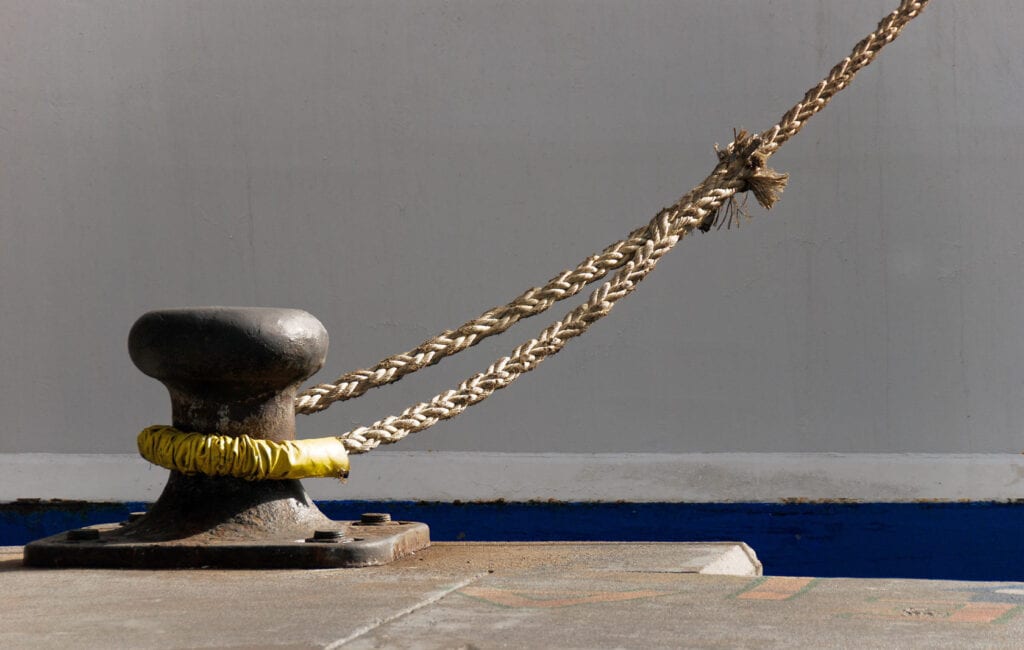Introduction
The term ‘Self-Mooring’ describes a situation where a crew member is required to step (sometimes jump) ashore onto a jetty or to the deck of another vessel to attach a mooring line to a bollard or cleat. This scenario is often a daily operational event on board tugs and other smaller vessels where shore based linesmen are often not available to assist. These crew member ‘leaps of faith’ can sometimes result in serious injury or even fatality for the crew member involved.
This Risk Bulletin is intended to raise the awareness of Member’s who operate tugs, barges and other small vessels to the significant risks which can arise during ‘Self-Mooring’. It will also highlight new UK Marine & Coastguard Agency (MCA) guidance designed to minimise those risks.
Background
MM Risk Bulletin No. 43 covered the most recent Amendment 5 to the Code of Safe Working Practice (COSWP) 2015 Ed. Reference to Chapter 26, Para 26.6, Safe Mooring of Domestic Passenger Craft and Small Vessels. The updated COSWP provides advice and a mooring diagram but makes no special mention of the Self-Mooring risks to crew members.
The aforesaid deficiency in the COSWP’s safety advice was identified by the MCA after reviewing a UK Marine Accident Investigation Bureau (MAIB) report into the Self Mooring related death of the Master of the dredger ‘CHERRY SANDS’.
In brief, the Master was positioned on the bow deck and the Chief Officer was on the bridge controlling the helm and engine as the vessel came alongside. As the bow approached the berth, the Master stepped off the dredger’s rubbing band and towards the jetty in order to secure a mooring line. Fatally, he misjudged the distance and fell into the water. He was then crushed between the dredger and the concrete jetty wall.
New MCA Marine Guidance Note on Self-Mooring Operations
The MAIB made a number of findings as to the cause of the fatality, together with recommendations to prevent recurrence. After consultation with industry bodies, the MCA then created and published Marine Guidance Note MGN 648 (N), Self-Mooring Operations.
The headnote to MGN 648 (N) makes it clear that the new guidance note was not available before the publication of Amendment 5 to the COSWP 2015 Ed. However, it is the stated intention of the MCA to incorporate the content of MGN 648 (N) into the COSWP as a new Chapter 26.7, Self-Mooring Operations, during its next Amendment 6, scheduled for early 2022.
MM believes it would be prudent for all Members who operate tugs and smaller vessels that are required to accomplish Self-Mooring to consider and implement MGN 648 (N) and the new and intended Chapter 26.7 as being effective immediately.
Brief Summary of MGN 648 (N) Recommendations
The key observations and recommendations provided by MGN 648 (N) are summarised as below. Members are encouraged to read and action the full text of the Guidance Note.
- Whenever possible, mooring should be accomplished with the assistance of shore-side personnel or, if manned, the vessel or barge which is being secured to.
- Alternatively, it is recognised that Self-Mooring may be the only practical option available. If so, then all such operations must be supported by strict adherence to a ‘safe system of work’.
- A ‘safe system of work’ requires that a risk assessment be accomplished, the Self-Mooring methodology agreed in relation to each such exercise and then fully communicated to the crew prior to berthing.
- The risk assessment should take account of the manoeuvrability of the vessel, its handling characteristics, the stability of the platform, the vessel’s ability to hold position alongside in the prevailing circumstances and the ability to provide and maintain safe access both from and back to the vessel during the Self-Mooring process.
NOTE: MGN 648 (N) Para. 26.7.7 states that “… providing safe access to a vessel, in accordance with Chapter 22 (section 22.11 for small craft), during the operation is an integral part of ensuring a safe working environment on board. Safe access shall always be ensured…”. This is a critical requirement.
- If possible, Self-Mooring should be accomplished by first using a boat hook to pick up any available pre-rigged mooring lines on the jetty or by lassoing jetty bollards from the deck of the vessel.
NOTE 1. Pre-rigged jetty mooring lines are vessel lines which have been attached to jetty bollards and are designed to be left on the jetty when the vessel departs. On the vessel’s return, these line become the first lines to be picked up with a boat hook, hauled on board and secured, all from the safety of the vessel’s main or fore deck. The Self-Mooring safety improvement provided make the time and cost of the installation and on-going maintenance of pre-rigged jetty lines a prudent investment.
NOTE 2. Lassoing a jetty bollard with the spliced eye of a mooring line requires skill and practice. Crew members should be encouraged to learn and practice this skill during on board training sessions.
Conclusion and Takeaway
Self-Mooring (i.e. securing a vessel alongside without external assistance) on board tugs and smaller vessels is often a repetitive and routine operation. This repetition often leads to safe work system complacency. In turn, this sets the scene for serious crew injury and even fatality.
Members should ensure that PDF copies of this Risk Bulletin and its further information links are provided to their Ship Managers, DPAs and Masters. Members are also encouraged to action the following MM recommendations:
- Confirmation should be provided to all concerned that MGN 748 (N) should be considered as being incorporated into COSWP Ed. 2015, Amendment 5, on an immediate basis.
- Shipboard implementation of the MCA’s MGN 748 (N) Self-Mooring best practice guidance is accomplished by incorporating a specific reference to this guidance into each vessel’s ISM Code or Non Convention Vessel Standards (NCVS) SMS manuals and procedures relating to safe working and shipboard safety.
- Ship Managers, DPAs and Masters should be reminded of their obligation to ensure a ‘safe system of work’ during Self-Mooring Operations, inclusive of completion of a risk assessment and operations methodology which includes essential safe access from/to the vessel.
- Communication of the Self-Mooring methodology to all mooring crew, inclusive of a check on the wearing of appropriate PPE (e.g. buoyancy vests, safety boots, gloves and hard hats) should be accomplished during a pre-berthing ‘tool-box’ meeting.
- Although not referred to in MGN 748 (N), Members may also wish to consider the use of a ‘Landing Loop’ extension pole (as described below) to facilitate safer Self-Mooring operations.
NOTE: A ‘Landing Loop’, consists of an extending aluminium pole which extends out to about 3 metres. The working end is fitted with a metal yoke and detachable hooks. The mooring line or a messenger line spliced eye is attached to the yoke. The yoke end of the pole is then extended out to safely place a line over a bollard or cleat on the jetty being approached. Cost is about USD 80.00.


